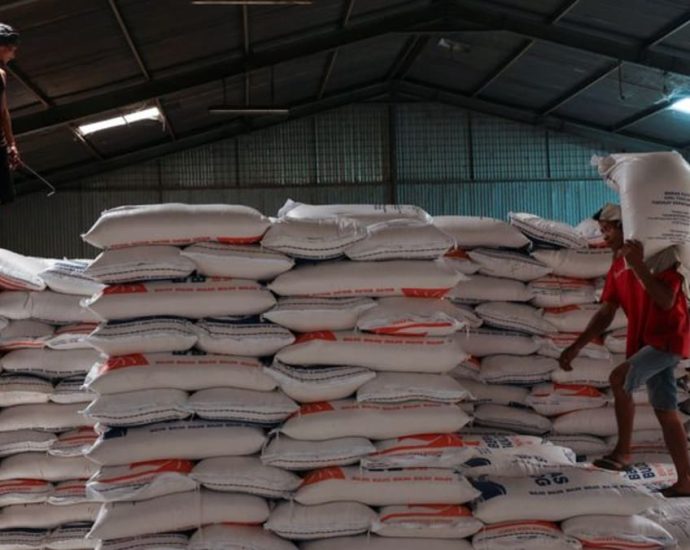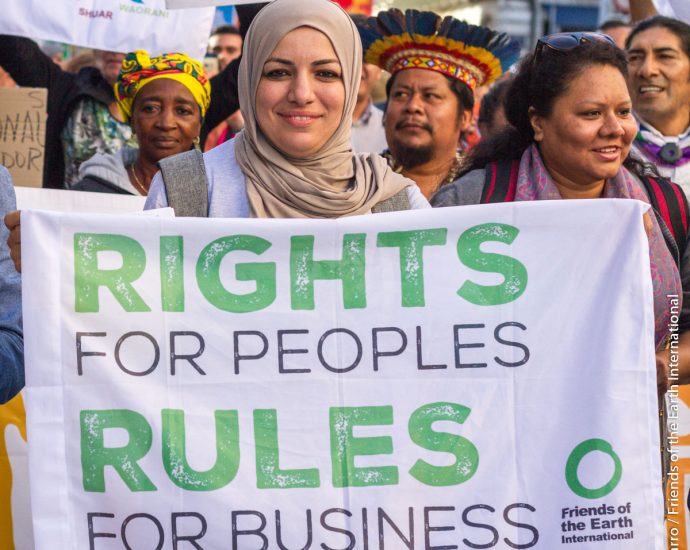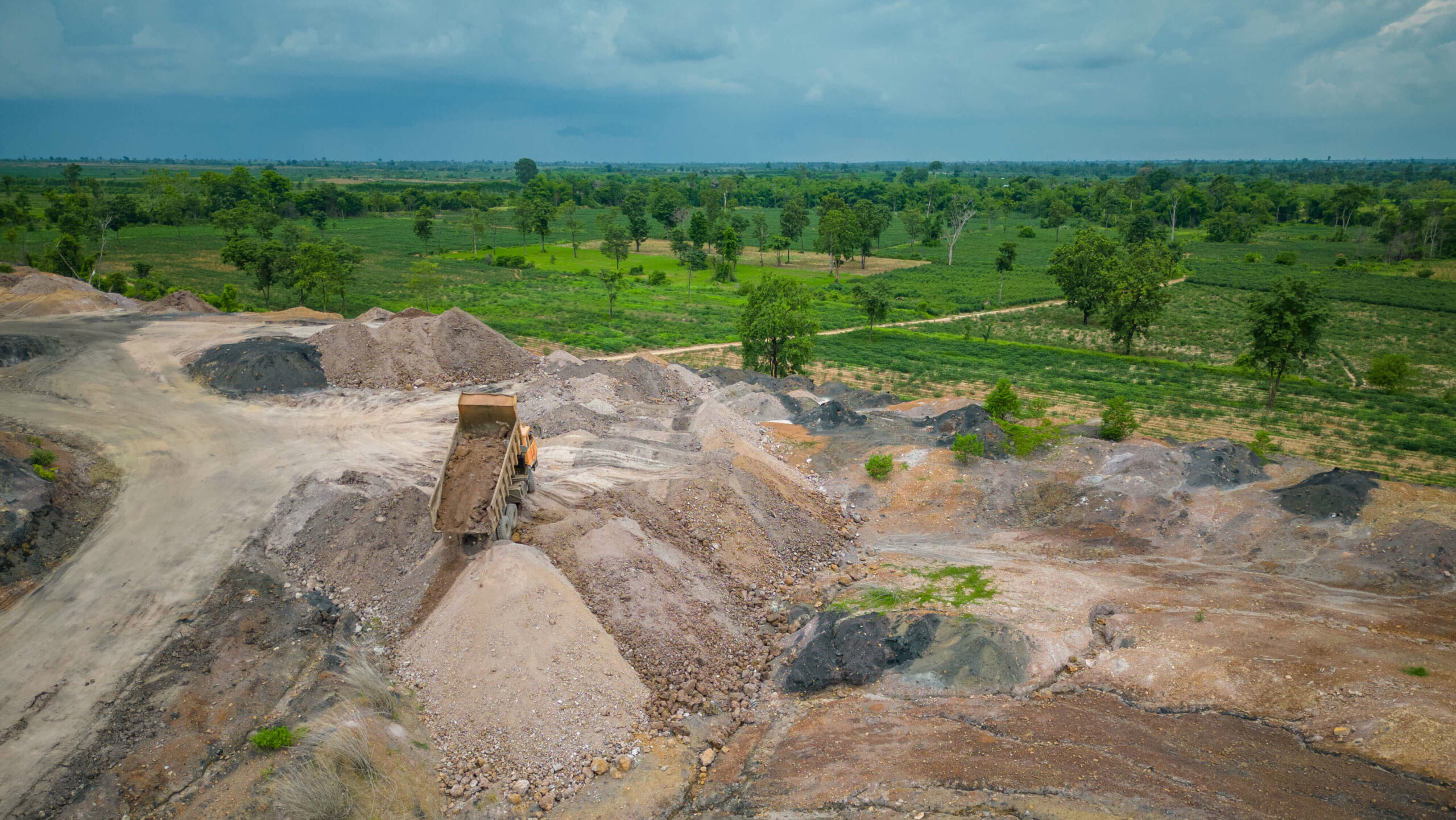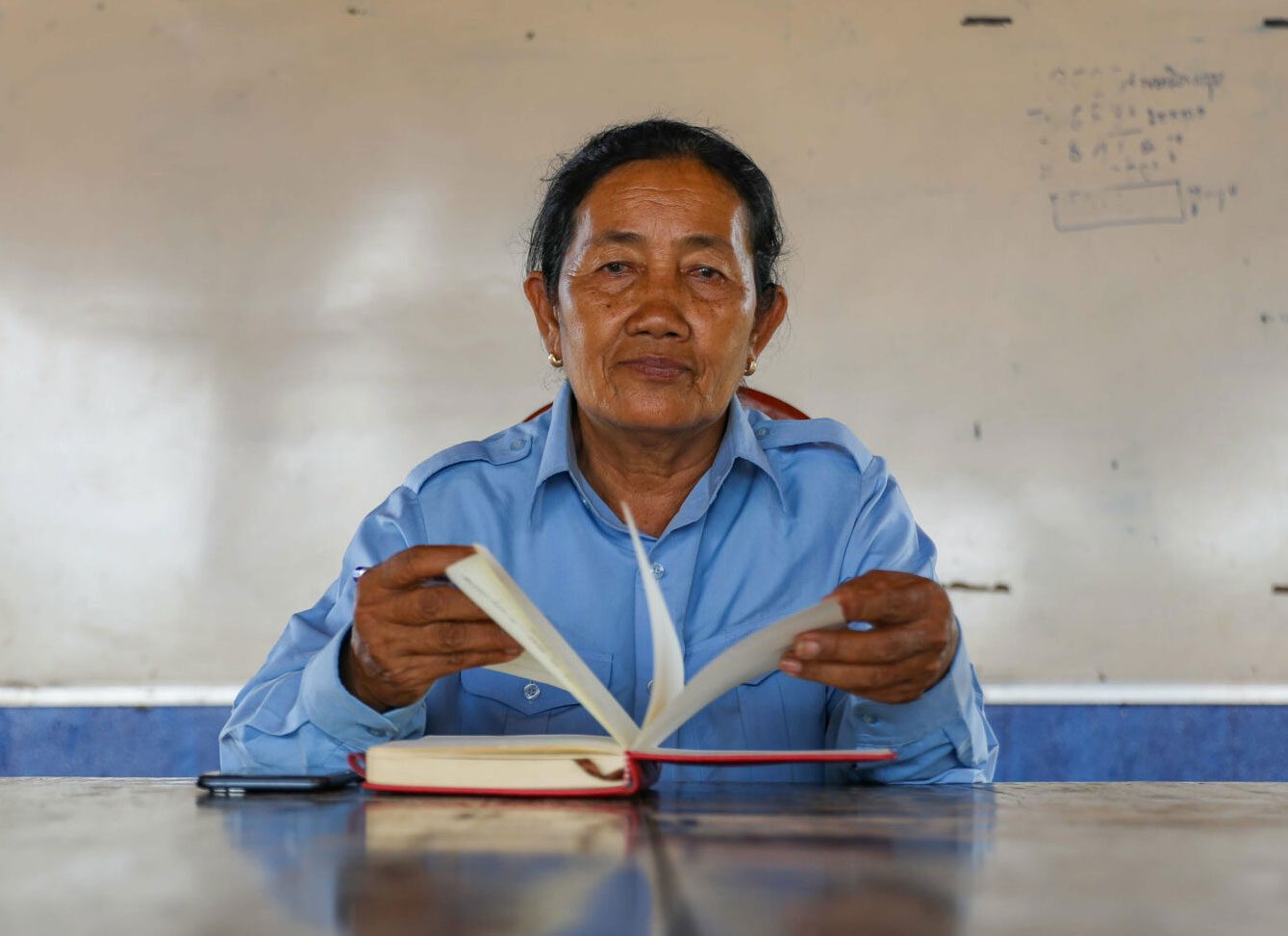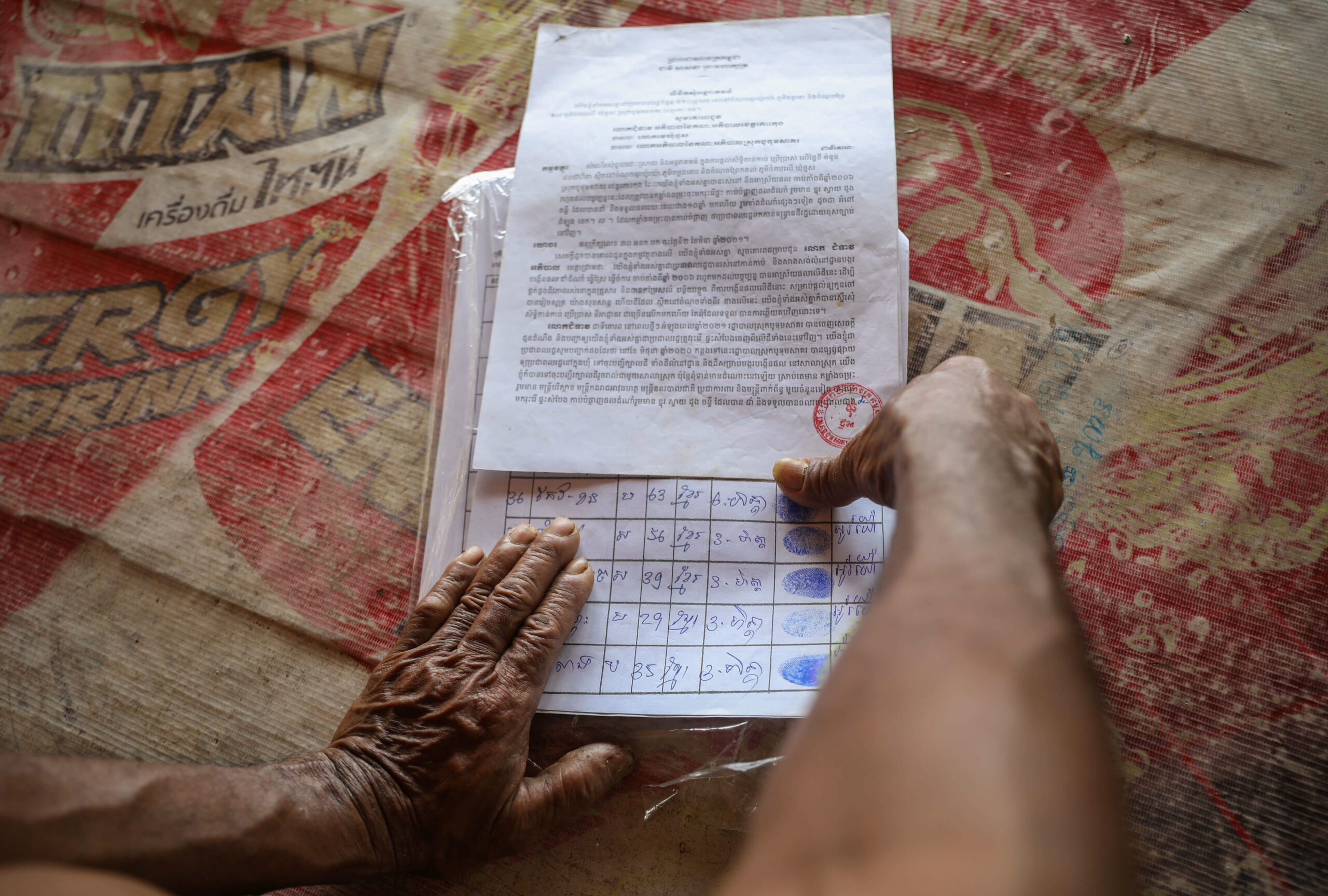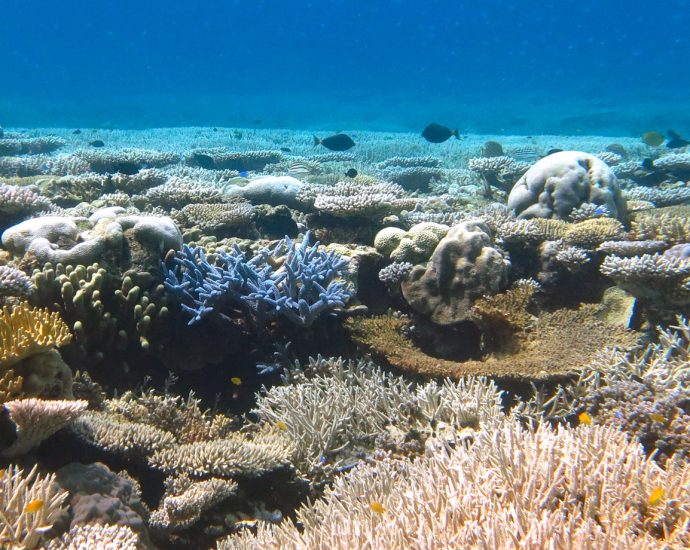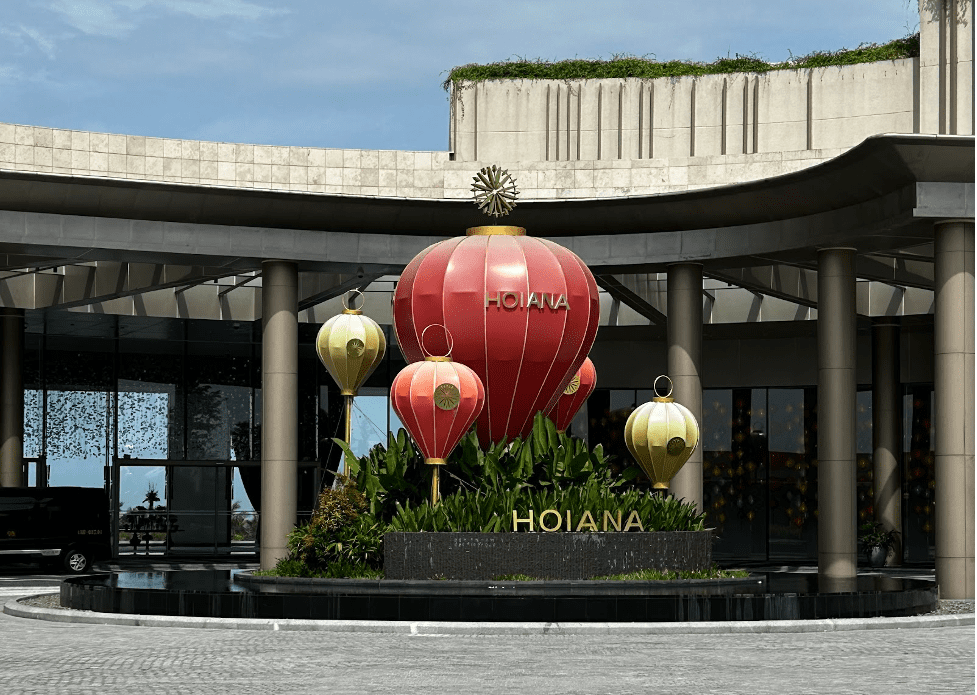Australia, Philippines in firm and fast lockstep against China – Asia Times
Ahead of the special Australia-ASEAN summit in Melbourne, Philippine President Ferdinand Marcos Jr made a historic state visit Down Under, where he spoke before the Australian Parliament.
“[T]he Philippines now finds itself on the frontline against actions that undermine regional peace, erode regional stability and threaten regional success,” declared Marcos Jr in an impassioned speech before Australian legislators without naming China.
“I will not allow any attempt by any foreign power to take even one square inch of our sovereign territory,” he added, vowing to remain steadfast in defending the Philippines’ sovereign rights in the hotly disputed South China Sea. The area has been the site of multiple encounters between Philippine and Chinese vessels in the past year.
Australian Prime Minister Anthony Albanese hailed the Philippines as a “strategic partner” and signed multiple deals with Marcos Jr aimed at cementing “enhanced maritime cooperation” while vowing to “collaborate even more closely to promote our shared vision for the region.”
In response, a state-backed Chinese newspaper slammed Marcos Jr’s address as a cynical ploy “to drag [an] ally into provocative strategy”, arguing that the Philippines is rallying Western powers to keep China’s ambitions in the South China Sea in check.
In many ways, Australia hopes that Marcos Jr’s address sets the tone for the upcoming summit with Southeast Asian leaders. But while Philippine-Australia bilateral relations seem to be on an upward trajectory, if not entering a new “golden era”, it’s unlikely that other ASEAN leaders will follow through.
If anything, the Philippines may, once again, end up as a regional outlier. Eight years earlier, the pro-Beijing Philippine President Rodrigo Duterte was the only no-show ASEAN leader at the inaugural Australia-ASEAN Summit.
This time, the incumbent Philippine president is likely the only Southeast Asian leader fully invested in a full-blown security partnership with Australia with an eye on China.
Closest of friends
“Australia remains, and will continue to be, one of our closest friends…we shall forge ahead in fully maximizing the potentials and the gains from this Strategic Partnership between our two forward-looking, law-abiding maritime states,” Marcos said upon his arrival in Australia last week.

The state visit was no trivial matter. The two nations are not only fellow US treaty allies but also among the oldest liberal democracies in the Asia-Pacific region. The two sides fought side-by-side against Imperial Japan, most notably during the Battle of Surigao Strait (1944), where Australian forces were essential to US General Douglas MacArthur’s recapture of the Philippines from Tokyo.
For many reasons, however, Philippine-Australia relations were largely static throughout the second half of the 20th century, with both sides acting as de facto “deputy sheriffs” to America in their respective subregions but without much bilateral economic or strategic interaction.
Over the past decade, however, bilateral relations have taken on greater urgency as the Philippines began implementing its Status of Visiting Forces Agreement (SOVFA) with Australia on the heels of the Scarborough Shoal crisis in 2012, where China seized control of the South China Sea feature after a monthslong standoff.
Australia soon became a vital defense partner for the Philippines by, inter alia, conducting regular drills with and donating defense equipment to the Armed Forces of the Philippines (AFP). Ties took a dramatic turn under Prime Minister Malcolm Turnbull, who twice visited the Philippines in the mid-2010s in order to cement a Comprehensive Partnership pact.
The value of the burgeoning alliance was on full display during the Battle of Marawi (2017), when Canberra provided real-time intelligence and training to facilitate the AFP’s counterterrorism operations against so-called Islamic State-affiliated militant groups in the southern Philippines.
The problem, however, was that then-Philippine president Duterte largely shunned tighter security cooperation with Western powers, even if he personally thanked Canberra for its counterterrorism assistance at Malawi. Over the past two years, however, there has been a perfect convergence in the strategic orientation of the two sides.
Fresh into power, the Albanese administration, staffed with several Bahasa-speaking cabinet members, made it clear that Southeast Asia would be a top strategic priority. Accordingly, Deputy Prime Minister and Defense Minister Richard Marles and Australia’s Malaysian-born Foreign Minister Penny Wong made successive visits to key ASEAN states to signal Australia’s commitment to the region.
But it was Manila that proved a special case, thanks to Marcos Jr’s dramatic pivot towards traditional Western allies following months of unrequited diplomatic flirtation with Beijing.
Failing to secure any concrete agreements during his visit to China last year, his first major overseas trip, Marcos Jr quickly shifted gears and welcomed expanded security cooperation with traditional allies, most notably the US, Australia and Japan.
An exceptional case
The Philippines, which has an American-style liberal democracy, also adopted West-leaning positions on key geopolitical issues, most notably the Ukraine conflict and the Australia-UK-US (AUKUS) nuclear-powered submarine deal.
Moreover, the Philippines welcomed expanded military cooperation and joint drills with Australia, culminating in massive exercises as well as an unprecedented quadrilateral naval patrol in the South China Sea along with the US and Japan.
Encouraged by Marcos Jr’s strategic orientation, Albanese embarked on an official visit to Manila last year, the first by an Australian leader in almost two decades, where he signed a new bilateral strategic partnership pact.
Marcos Jr’s state visit to Australia last week, therefore, was meant to cement this new era of bilateral cooperation, with both sides signing agreements in the realm of maritime and cyber cooperation as well as good governance reforms, green technology, trade and economic development.
“We are ambitious for the future of the Australia-Philippines relationship, which is guided by our historic Strategic Partnership I signed with President Marcos in Manila last year,” declared Albanese during a meeting with his Filipino counterpart.
Marcos Jr’s hope to upgrade bilateral security cooperation with Australia and rally international support for his ongoing tussle with China didn’t go unnoticed in Beijing.
The Communist Party-run Global Times mouthpiece newspaper lambasted the Filipino president in an editorial as playing the “victim card [by] portraying China as ‘bullying’ the Philippines in the South China Sea to garner more international support and exert pressure on China.”
The editorial warned that Marcos Jr was placing his country “in the wrong position” since “no other ASEAN countries are willing to stand behind the Philippines’ South China Sea provocations.”

One Chinese expert quoted in the newspaper openly warned the Southeast Asian nation against “naive and simplistic attempts to rally external forces such as Australia will ultimately fail.”
In fact, ASEAN foreign ministers issued a statement of solidarity with the Philippines last December amid repeated near-collisions between Philippine and Chinese maritime vessels in the South China Sea.
Marcos Jr has also signed several defense deals with Indonesia and Vietnam this year with an eye on counterbalancing China. Nevertheless, no other ASEAN country has openly criticized China in support of the Philippines, with even Vietnam increasingly embracing a pragmatic and conciliatory approach to its giant northern neighbor.
It’s doubtful that ASEAN will echo Marcos Jr’s more forthcoming critique of China’s aggressive actions in adjacent waters. Nor is it clear that Australia, which is grappling with potential mission creep and massive cost overruns with its US$368 billion AUKUS submarine deal, is in a position to provide the Philippines massive military support in the South China Sea.
But after Marco Jr’s visit, Australia can be reassured that at least one key ASEAN nation is firmly on the same page when it comes to its vision of regional security in the Indo-Pacific vis-à-vis China.
Follow Richard Javad Heydarian on X, formerly Twitter, at @Richeyadrian




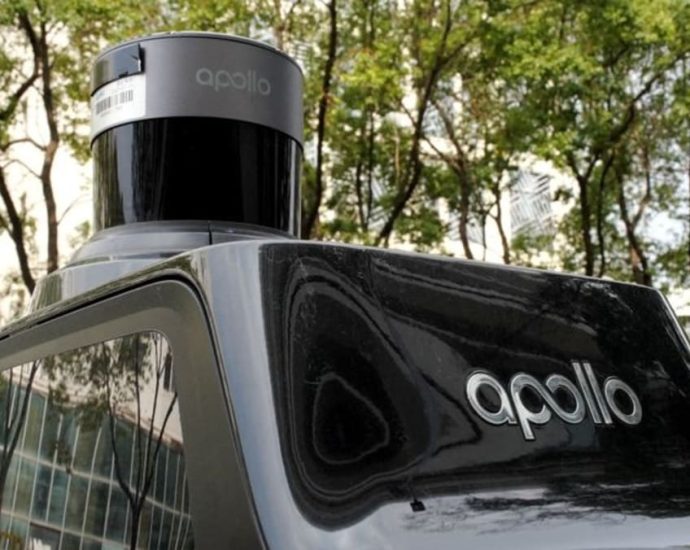


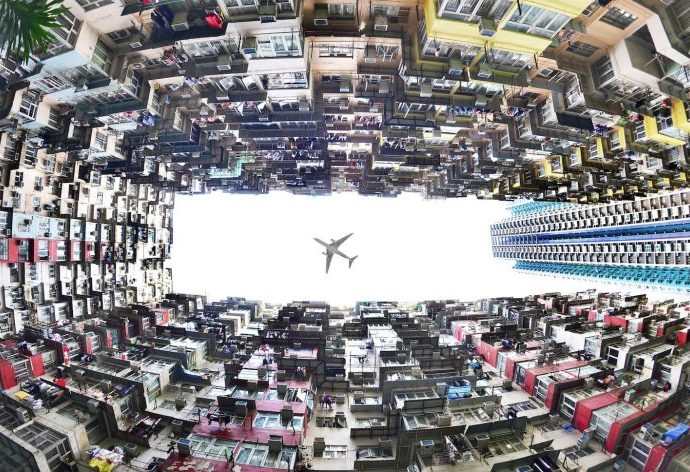
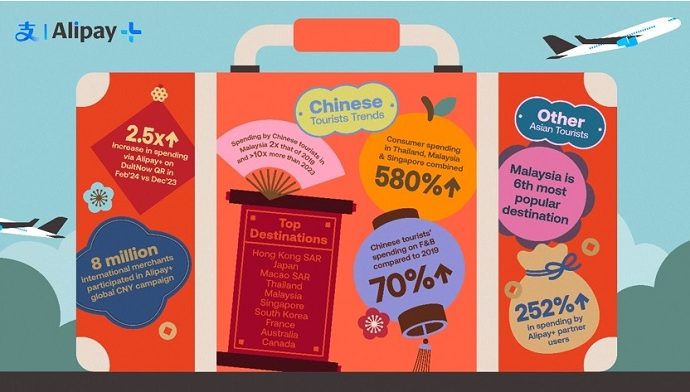

 “With its use spreading across age and income groups, mobile payment is increasingly becoming an important promoter of local and cross-border commerce in Asia and beyond,” said Dr Cherry Huang (pic), General Manager of Alipay+ Offline Merchant Services, Ant International. “Particularly through our partnership with PayNet, we have seen a significant increase in Alipay+ transactions on the DuitNow QR network, which shows that it not only provides great convenience to tourists but also brings more opportunities to local businesses, both big and small. We look forward to strengthening our collaborations with local partners to contribute to the vibrant tourism sector in Malaysia.”
“With its use spreading across age and income groups, mobile payment is increasingly becoming an important promoter of local and cross-border commerce in Asia and beyond,” said Dr Cherry Huang (pic), General Manager of Alipay+ Offline Merchant Services, Ant International. “Particularly through our partnership with PayNet, we have seen a significant increase in Alipay+ transactions on the DuitNow QR network, which shows that it not only provides great convenience to tourists but also brings more opportunities to local businesses, both big and small. We look forward to strengthening our collaborations with local partners to contribute to the vibrant tourism sector in Malaysia.” PayNet. “This partnership, exemplifying how strategic collaborations can drive economic growth and enhance the tourism experience, has facilitated easy payment for international visitors and opened up a world of opportunities for local merchants.”
PayNet. “This partnership, exemplifying how strategic collaborations can drive economic growth and enhance the tourism experience, has facilitated easy payment for international visitors and opened up a world of opportunities for local merchants.” 

